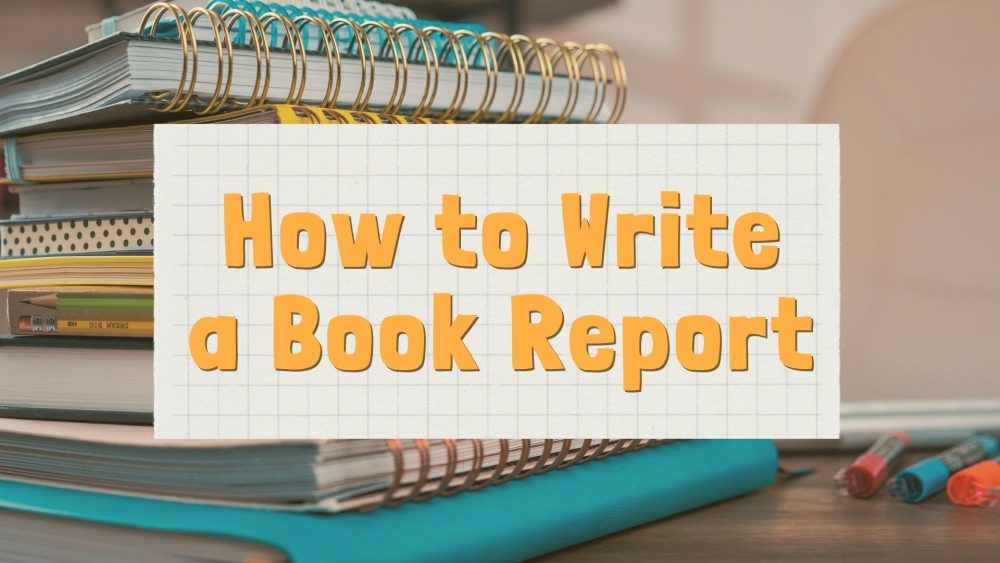The primary aim of researchers is focusing on specific problems and drawing useful conclusions that can help to improve society. They investigate various problems through experimentation or testing already existing data to make discoveries, identify a new trend or suggest new solutions. To achieve these goals, researchers use measurable factors referred to as variables.
If you are planning to do a study at any level of academics, it is very important to get the independent and dependent variables right. They help to define the study and the nature of results that you will get.
In this post, we are going to dig deeper into research variables to help demystify dependent and independent variables. Further, we will provide examples of independent and dependent variables to guide you when working on your research.
What Is A Variable?
A variable is anything that has quality or quantity that varies. These can be things such as objects, ideas, events, feelings, time, weight, or any component that you are trying to measure.
Another attribute of variables is that they should be able to change. Some of the common categories of variables include:
- Descriptive: These are variables that are reported without relating to anything in particular.
- Categorical: These variables result from selecting categories like agree or disagree.
- Discrete: Here, the variables are numeric and come from a limited set of numbers. They can result from answering questions such as how far, how many, and how often.
These categories of variables fall into two main groups of study variables – independent variables and dependent categories.
Defining Independent Variables
What is the independent variable definition? Like the name suggests, an independent variable is a variable that stands on its own and is not changed by other variables that are being measured. In most studies, independent variables represent the quantity the researchers are going to manipulate. Take the example of a study that explores variables such as age, what people eat, and time they take watching television. Here, the independent variable can be age because it is not influenced by how much people eat or watch television. However, age can determine how much people eat or watch TV.
Independent Variable Examples
As a scholar, it is important to look at how other researchers designed their studies and picked the independent variables. Examples of independent variables can help you to understand the variables more and hone your skills in research. With that said, let us start by identifying the examples of the independent variable in the following:
Example one: In one of the studies, researchers wanted to establish which type of fertilizer assists plants to grow faster in the field. Therefore, they used different brands of fertilizers and watched how the plants grew. The independent variable in this study is the type of fertilizer. The researchers are changing the fertilizers (or using it as control) to check the changes in plant growth.
Example two: A biology researcher is interested in establishing how the rising sea temperatures are impacting on the algae living in the Great Barrier Reef. Therefore, he took samples of water from a specific site at varying temperatures and measured the number of algae. In this study, the ocean temperature is the independent variable because it changes another variable, the number of algae in the sea.
Example three: In another study, researchers wanted to establish how long people take to respond to the sounds they hear. Therefore, they set the experiments in a field where they released sounds at varying levels and recorded the response time. In this experiment, the sound is the independent variable. When the sound is changed, it results in changes in another variable, people’s response time.
Example four: In one of the studies, a psychologist wanted to establish the impact of stress on memory. In the study, the independent variable can be exposure to stressful stimuli because it produces varying results on the memory.
Defining Dependent Variables
The dependent variable is the opposite of the independent variable. The variables depend on other factors that are being manipulated in an experiment. In most experiments, it is the dependent variable that is measured. If trying to identify dependent variables in an experiment or for your chemistry homework, it is important to remember that their values change when the independent variables are altered. When reporting on a graph, the dependent variable is represented by letter Y.
Dependent Variable Example
As you learn about independent vs dependent variable and their applications in research, it is a great idea to also look at dependent variables examples as well. Here are some of them:
Example one: A researcher is working on establishing how much time spent by learners studying helps to influence their test scores. In the study, the test score becomes the dependent variable. If you want to change the score of the learners, you change the time (the independent variable) they spend learning.
Example two: A researcher is studying whether listening to classical music helps to improve the grade of students. In this case, the student grades are the dependent variables because they can be manipulated by changing another variable, classical music.
Example three: In one of the studies, researchers wanted to establish whether first-born kids learn how to speak at an earlier age compared to second-born children. During this research, age was the dependent variable.
Example four: In another study, researchers are interested in evaluating how alcohol impacts reaction times during driving tests. In this case, the performance on the driving test depends on the alcohol that the driver takes. Therefore, performance on the driving test is the dependent variable.
How To Present Independent And Dependent Variables
Now that we have demonstrated what independent and dependent variables are, you might be wondering about their presentation. When plotting a graph representing the variables, the independent variables go to the X-axis, while the dependent variables are captured on the Y-axis. See the demonstration below:

Figure 1: A demonstration of how to present independent and dependent variables
In the graph, the independent variable (time studied in hours) is captured in the X-axis, while the dependent variable (score on the exam) is captured on the Y-axis. The graph shows that increasing the time of study in hours has an effect of increasing the score in exams. But it only works when the study time does not exceed six hours.
As you prepare graphical presentations, it is important to appreciate the difference between independent and dependent variables is that they are mainly used in scientific experiments. These are the researches where it is easy to alter one variable and check the impact on the next one.
Identifying Dependent And Independent Variables Simplified
If you are planning to do some academic research, it is important to get it clear about the variables you are going to use. In this post, we have demonstrated what independent and dependent variables are, as well as how to differentiate them in studies. The secret is ensuring you understand the variables that can be controlled (independent variables) to see the effect on the dependent variables.
For many students in college, differentiating between the independent and dependent variables is never easy. But you do not need to panic. Keep working on your skills by using this post as a guide and reading research papers. As you work on the skills, do not hesitate to seek writing help for the papers that look difficult.
While some students experience challenges preparing their papers because they do not have the right skills, others find the deadlines too tight. You might also have other urgent engagement or simply want to get better grades. Thoughts like “I don’t want to write my assignment,” are totally fine. No matter the reason why you feel inadequate to complete the assignments, expert writers are waiting to assist.
Homework writing services offer affordable services to students and guarantees them top marks. They have experts who know how to craft top rated essays to guarantee you the best results. Whether it is an assignment that involves identifying independent variables or doing quantitative/ qualitative research, the expert writers are there to help you. Do not get stressed about your research, independent and dependent variables, or other types of assignments, get statistics help from experts!




















